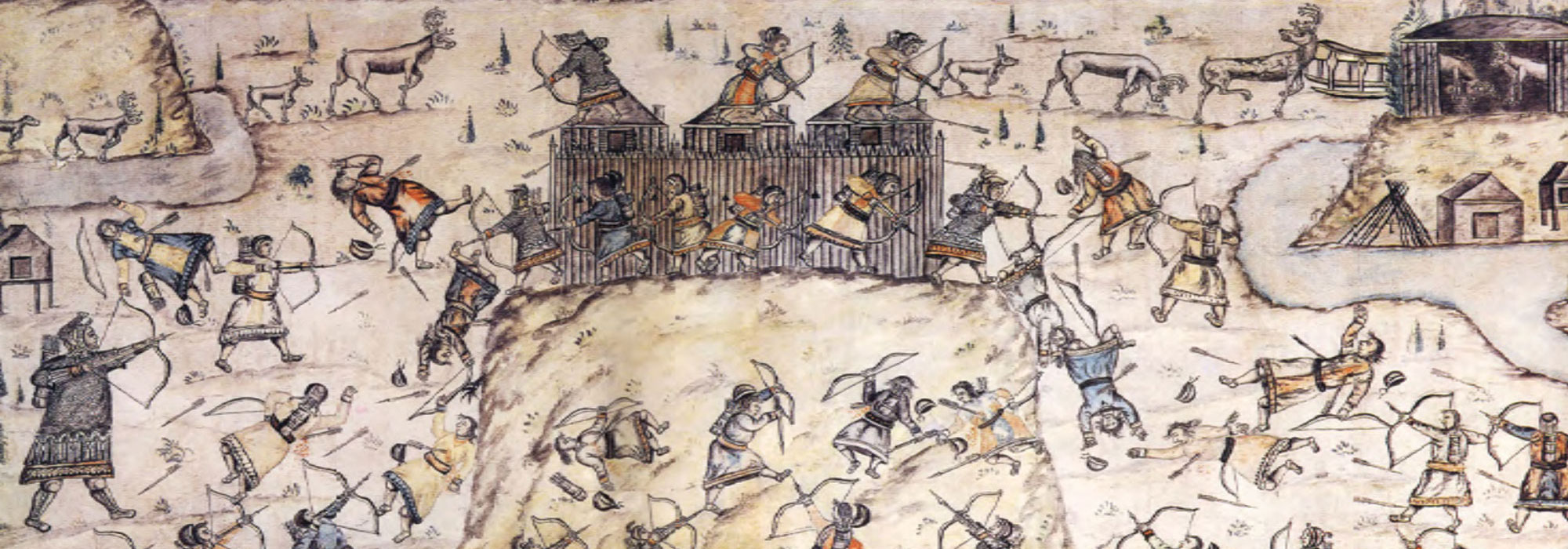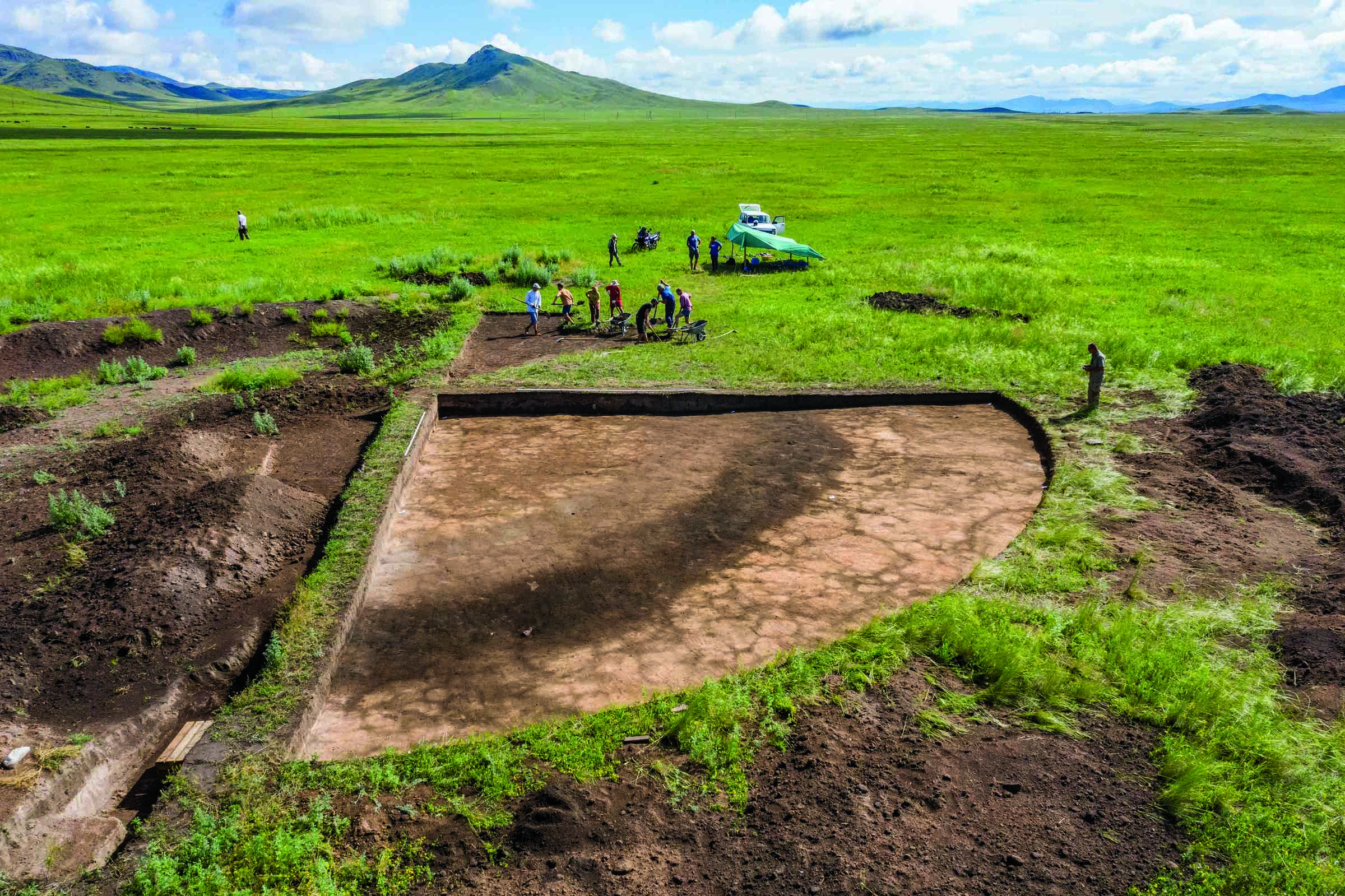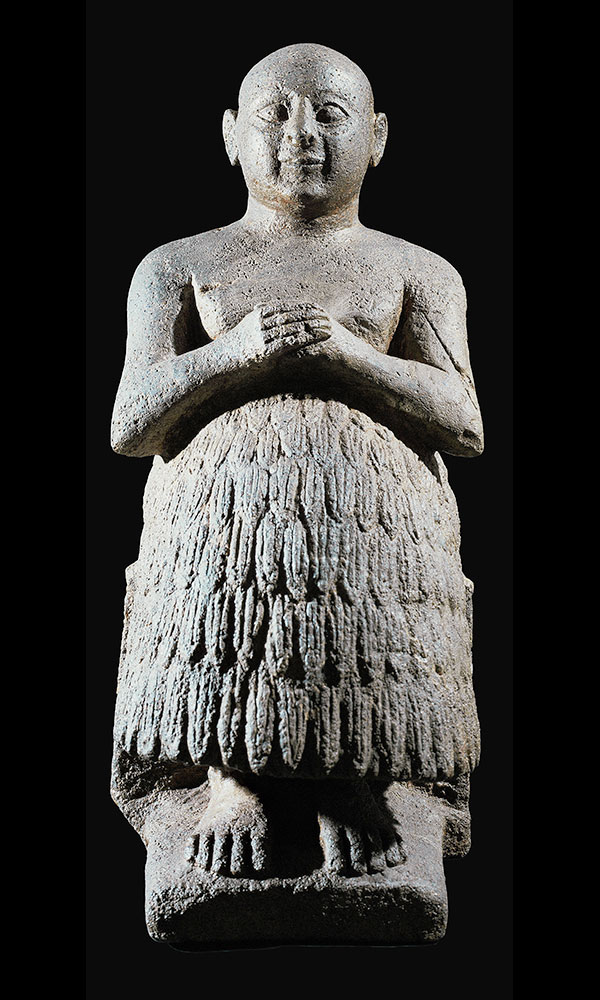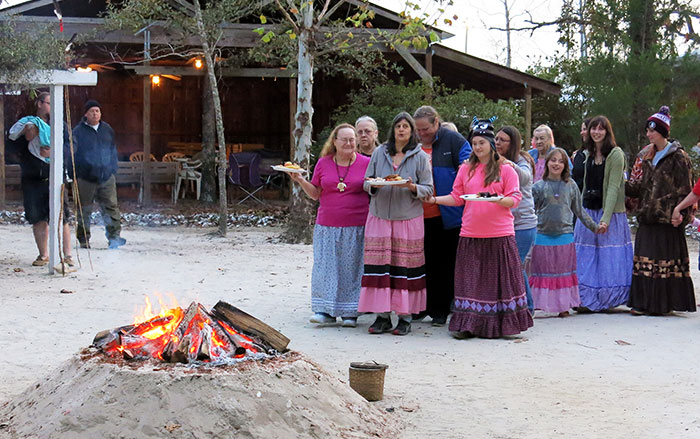
SALEKHARD, RUSSIA—Robert Losey of the University of Alberta has unearthed the remains of five dogs who had been buried in graves some 2,000 years ago on the edges of the Arctic site of Ust-Polui. The dog graves resemble the human burials at the site. The butchered remains of more than 110 dogs, however, were also found among the bones of animals that had been eaten, including birds and reindeer. Losey thinks some of the butchered dogs may have been offered as sacrifices or consumed as part of ritual activity. He told Live Science that “at one place in the site, the heads of 15 dogs were piled together, all with their brain cases broken open in the same manner.” Artifacts from the site include the remains of two sleds and a carved bone knife handle that could depict a sled dog in a harness. Dogs are also thought to have been used in hunting and herding. The dogs buried whole in graves may have shared close bonds with people living in the village. To read more about dogs in the archaeological record, go to "More Than Man's Best Friend."











